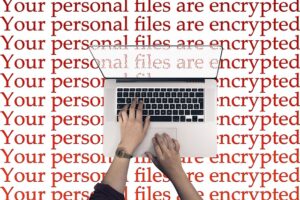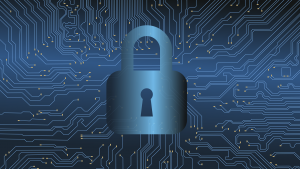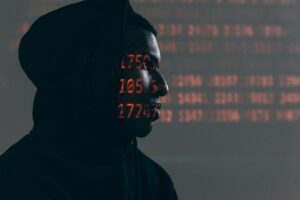
source: wired.com | image: pixabay.com
The UK, France, Sweden, and EU have made fresh attacks on end-to-end encryption. Some of the attacks are more “crude” than those in recent years, experts say.
OVER THE PAST decade, encrypted communication has become the norm for billions of people. Every day, Signal, iMessage, and WhatsApp keep billions of messages, photos, videos, and calls private by using end-to-end encryption by default—while Zoom, Discord, and various other services all have options to enable the protection. But despite the technology’s mainstream rise, long-standing threats to weaken encryption keep piling up.
Over the past few months, there has been a surge in government and law enforcement efforts that would effectively undermine encryption, privacy advocates and experts say, with some of the emerging threats being the most “blunt” and aggressive of those in recent memory. Officials in the UK, France, and Sweden have all made moves since the start of 2025 that could undermine or eliminate the protections of end-to-end encryption, adding to a multiyear European Union plan to scan private chats and Indian efforts that could damage encryption. Continue reading “A New Era of Attacks on Encryption Is Starting to Heat Up” →










